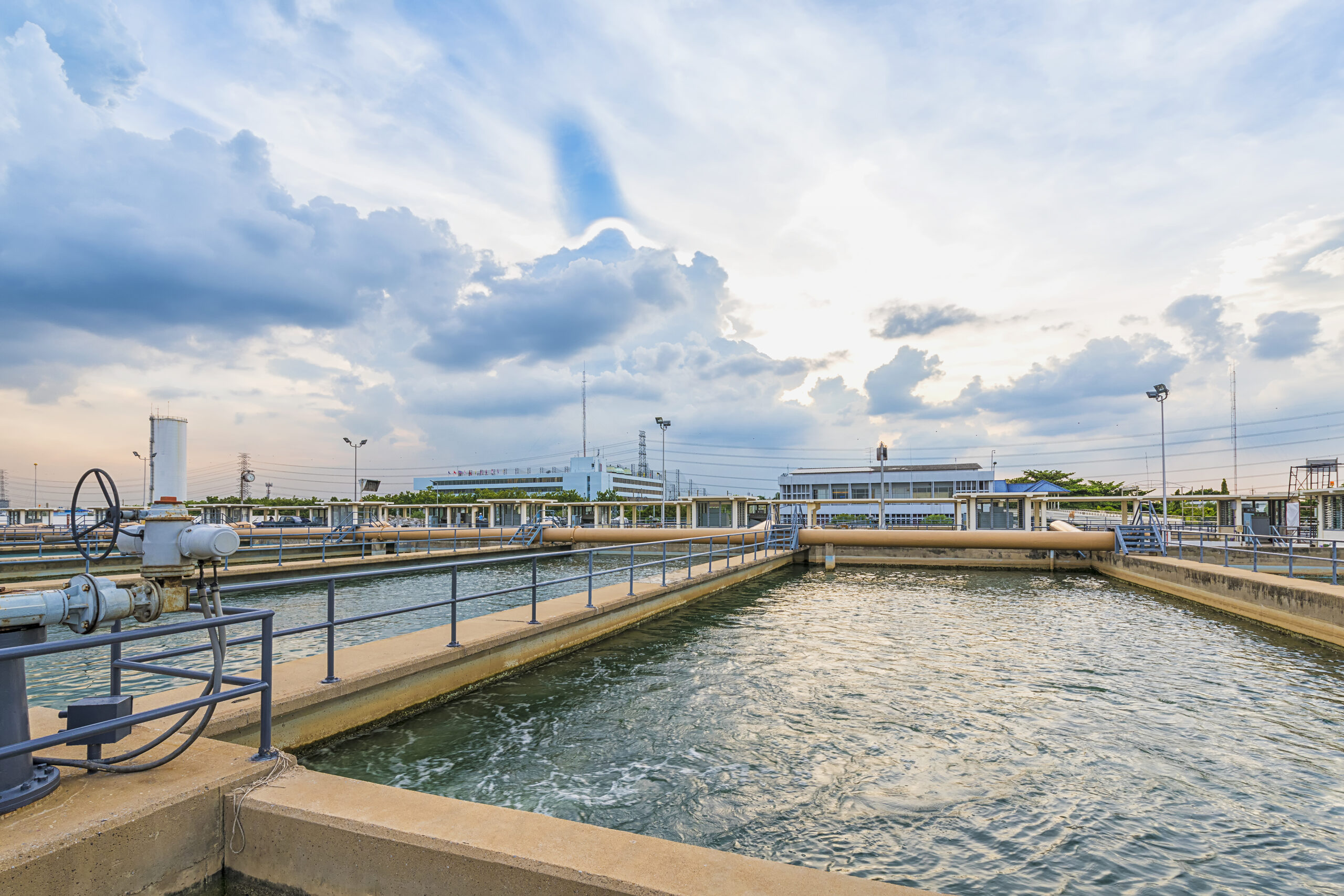
Water Treatment Filtering and Monitoring
Challenge
A municipal water utility follows a straightforward method for providing clean water to its residents: It pulls water out of a nearby river, filters out the impurities, and then funnels the water into a reservoir to be ready when residents turn on their taps.
The process features high throughput with rapid flow through sand filters, which trap solids that need to be removed to make the water drinkable. Plant operators clean the water filters roughly every four days. In the cleaning process, they run clean water through, reversing the flow away from the reservoir, surfacing the impurities, which are then dumped out with the wastewater.
The managers who run the water filtration plants face a number of competing priorities, including the need to minimize costs, comply with regulations, and do internal reporting to enable better decision-making in the future. Every four years, the municipality must prepare a larger compliance report showing it is adhering to best practices for quality and efficiency.
The water provider needed to improve sand filter consistency and boost the performance of its overall fleet of filters in its water treatment plant. To do this, it needed to identify and monitor for poor filter performance while prioritizing filter maintenance. At the same time, it needed to reduce the total amount of clean water used in the backwash process.
The operations team was using a large, complex spreadsheet developed many years ago to track filter performance. They were particularly interested in filter backwash cycles, which require seasonal changes to the allowable run time between backwashes and also the backwash rates. The customers were interested in comparing multiple filters to identify if there a mechanical problem with any of the filters and gauge the need for media replacement.
Because the spreadsheets were complex and not updated frequently, the backwash cycles were only adjusted a couple of times per year. If the run lengths are not adjusted properly, the solids can become embedded deep in the filter, ultimately leading to the need to shut down and replace the media, which is an expensive and time-consuming proposition.
Solution
Using Seeq, the engineers created an analysis of the filters that enabled operators to:
- Contextualize data using operating mode conditions.
- Develop monitoring metrics, such as UFRV (Unit Filter Run Volume), and quantify the costs of each backwash.
- Visualize each backwash cycle overlaid on subsequent cycles and also in comparison to other filters.
- Deploy models across the filter fleet using asset structures.
- Create automatically updating daily and monthly reporting dashboards to monitor and adjust filter performance before a shut-down became necessary.
This analysis and topic contextualizes the filtration process into the four primary stages and quantifies key performance metrics in each stage. The metrics are automatically calculated and compared against both regulatory and site goals. A live report is then generated for each filter which summarizes each filtration cycle from the last month and color codes the key performance metrics for the cycle against site and state goals. These reports can be used by the operations team to determine in real-time which filter in the fleet is performing abnormally as well as by engineering to submit to state regulators.
Benefits
- For the municipality’s engineers, Seeq helped them make long-term improvements, including:
- Elimination of the monthly Excel reporting workload.
- Increased consistency of filter performance.
- Increased production-to-backwash ratios across filters.
- Automation of the municipality’s compliance reports.
- Identification of KPIs, including turbidity (or degree of solids present in the water) to ensure quality.
Data Sources
- Wonderware Historian
Data Cleansing
- Filling gaps created by signal dropouts
Business Improvement
- Quality
- Regulatory
- Yield
Asset Structure
- Value Search
- Periodic Condition
- Composite Condition
- Signal from Condition
- Scorecard Metric
- Deviation Search
- Histogram
- Seeq Formula
Reporting and Collaboration
- The organizer topic begins with a summary of the entire water treatment process and all filter performance over the last 2 years
- Subsequent documents highlight individual filter performance with in-depth metrics on a smaller time scale (1-2 months)
- Mobile view was created as a demonstration of how it could be used on field devic
Results
Seeq helps this municipality save time and money, allowing it to optimize general processes and increase plant throughput so it can process clean water. The reporting burden was reduced on the engineering team from 20 hours per month to less than one hour. Real-time application of best practice guidelines has enabled operators to quickly identify problem filters and schedule maintenance in accordance with performance rather than purely based on a schedule.